Sometimes people ask me why do we keep Morevna’s repositories private? Why not have them out in the open the way free-software projects do? I decided to write this post to clarify the situation.
We are successfully applying the principles of free software development to animation production, and for that reason some people used to think that those processes should be followed completely, but I think this is not correct. Let me point to some differences between the two activities.
The result of the software development process is a software package. Any software package is a tool, which helps a person to produce something – to do it faster, better, or even just to make it possible. Though it is the result of someone’s work, software is still a means to achieve some other result. So, to fill its purpose, software must be easy to use. It’s usage should be intuitive, or, to put it another way – predictable. Predictable behavior of software is good, unpredictable behavior (caused by bugs, crashes, non-intuitive UI, etc) is bad. That’s the key point.
Developers decide when to release a new version of software based on how stable (read “predictable”) the software is at the moment. The user can always try the unstable development version if he wants. He risks getting unpredictable (bad) behavior, but he doesn’t loose anything by trying, because later he will get his better (predictable) version anyway.
On the the other hand, an animated movie is a product of the entertainment industry. Entertainment is a way for a person to fight the daily routine. People watch movies to kill their boredom. To defeat boredom, to kindle interest, to attract viewers, a movie should be unpredictable. Unpredictable is good, predictable is bad. Do you see the difference?
Now, let me go a little further. In a good movie every little piece, every little detail works to build the final impression. Nothing is meaningless, everything is important. If a person stumbles onto the unfinished, “development” version before the author’s conception is implemented, his impression could be spoiled just because he watches something that hasn’t reached its climax yet. And that can’t be fixed. Because even if he watches the finished version, there is some chance that it will strike him as uninteresting, because he has already got his “dose of unpredictability.” That’s why the “release early, release often” rule doesn’t work for animation production. And it never will. Because of the different purposes of software and animation products.
Imagine if someone will render raw data one month earlier before the release, publish it, and spoil the impression for many watchers who will think that they are watching finished work. By keeping repositories in private mode we are leaving for ourselves the right to decide when the movie is in its finished state, which is critical for an animation project.
At the same time, the private mode of the repositories is kind of fictional. Anyone can get access to the sources at first request – just read “Contributor’s Guide”. Why such a weird scheme?
Well, the production of animation is quite a specific process and understanding the workflow and policies is necessary to be able to contribute. From that point of view, the “Contributor’s Guide” plays the role of some kind of bootcamp for a newbie contributor. Instead of rushing into the repository, he gets familiar with the structure, rules, and workflow first. I think that’s a good strategy.
So, that’s my thoughts and reasons. I hope I have explained the situation. Also, I would like to know what is the opinion of my readers on that question.
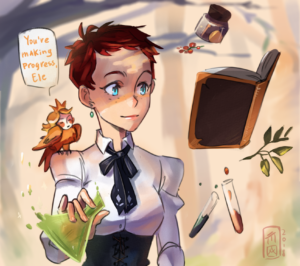
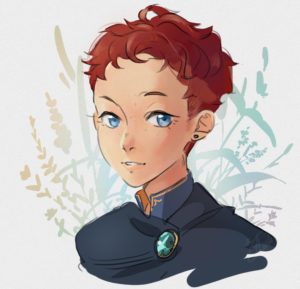

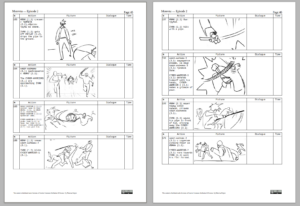
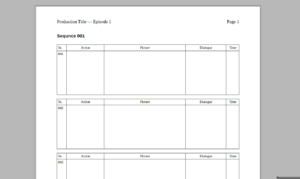
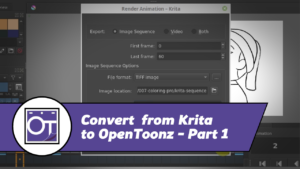
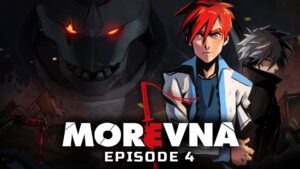
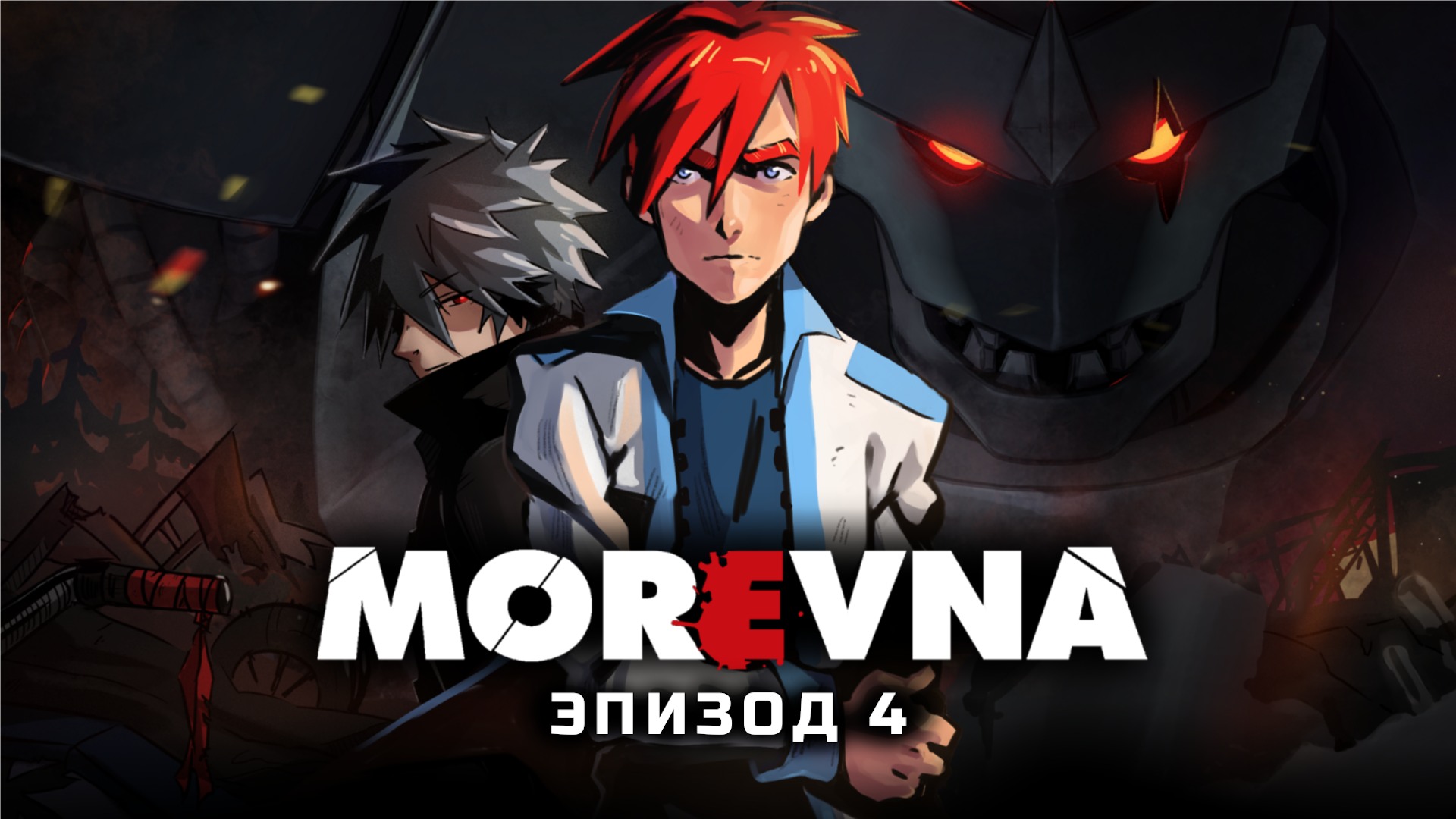
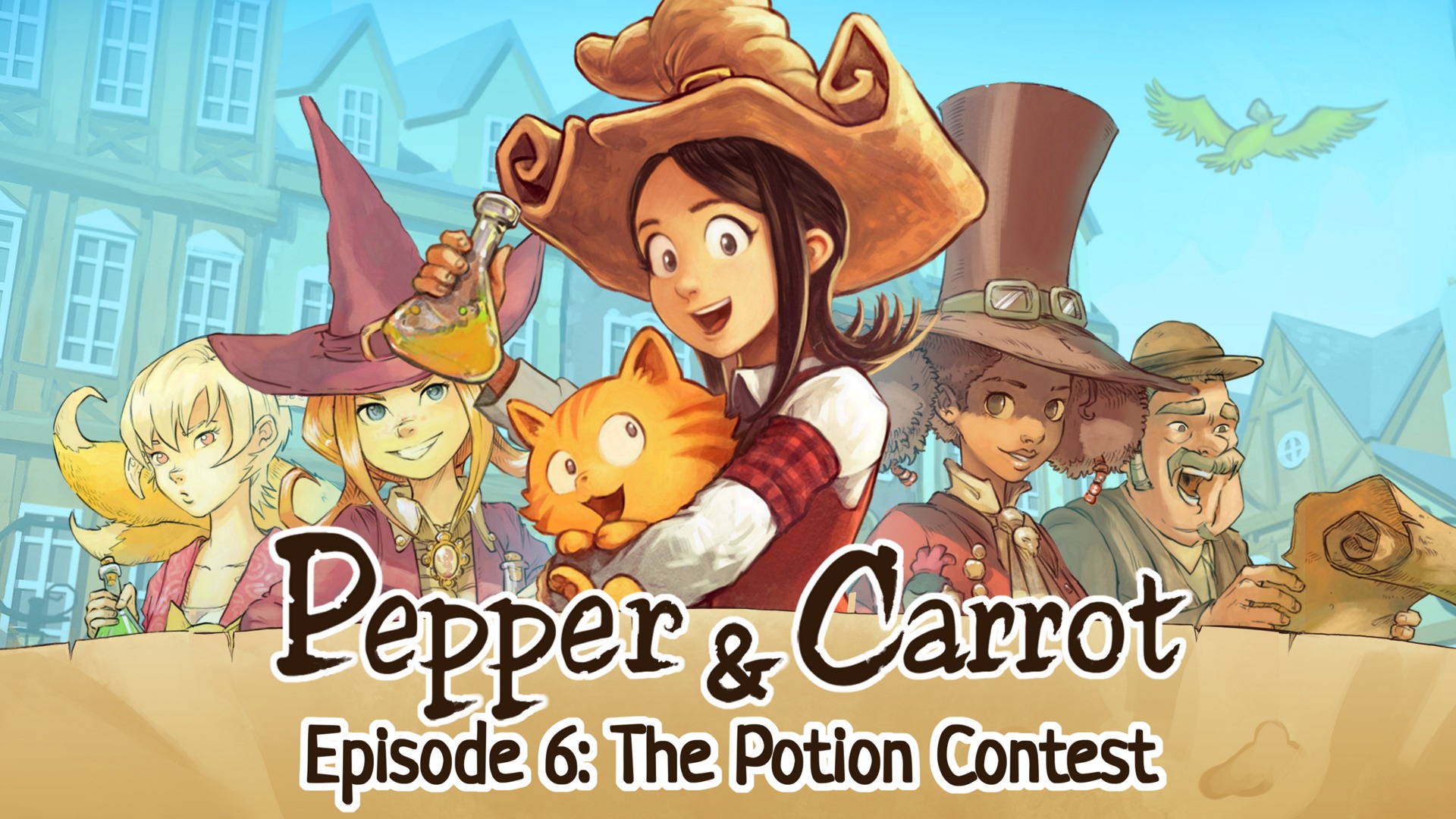
15 Responses
On the other hand, just like software, a movie is never finished since perfection is impossible to achieve.
Not agree. Perfection is impossible to achieve – yes. But the movies ARE finished. There’s such category as “premiere” for movie. Development of typical movie stops after that (I’m not taking into account such things as “Director’s edition” or something like that). For Open Movie that’s not the case – it may continue to live and develop, because the sources are released and free for reuse. I think afterlife of Open Movie may become the most interesting part.
Hey, thanks for taking the time to explain your thoughts in detail. 🙂
You probably remember my opinion on this matter: open is always better.
Since repo privacy is, as you say, fictional and all it takes is a simple email to get access, then *this system does NOT stop anyone from putting the unfinished movie on youtube*!
What it DOES do is deter possible developers from contributing to the project on a casual basis. As I’m sure you understand, getting more artists involved is definitely a good thing, and is likely to attract more interest in your work!
So, my recommendation is to give public read access to the repo, and invite people to look around.
Even if a rough cut is leaked before release (and it is inevitable that it will be), you’ll very likely find that it will create MORE anticipation for the finished film, not detract from it!
I think it’s a reasonable strategy. The issue is “Spoilers”, and it’s not so much a matter of keeping people out, but of letting people keep themselves out if they don’t want to cross the line to help in the production.
Personally, I love movies — both watching them and making them. For me, the fun of seeing the creative process in action trumps the loss of surprise over the plot. I’m also the kind of person who tends to watch movies multiple times, so I think that makes sense.
OTOH, sometimes I do want the surprise of seeing the finished work first, and I don’t want to see spoilers. In that case, it’s a service to have _some_ kind of wall that I can easily identify to distinguish between the “inside” and “outside” of the project.
A simple free user signup seems like a simple way to do that. And while it won’t _prevent_ someone from posting an early draft up on YouTube, it makes it clear that you don’t want that to happen, and it does prevent Google from automatically indexing the content so it shows up on image searches.
On the other hand, it’s probably good to release a lot of the developing content in a way that doesn’t reveal plot points as a way to build anticipation.
In any case, I’m watching with great interest how you handle this and how well it works, as I’ll be making similar decisions myself soon.
I believe the term “open source” is being touted about with little regard for its meaning. Just because it’s a volunteer project, created using open source software, does not automatically make this project open source. Furthermore, the “open source philosophy” does not apply very well to the arts; this is why we have more appropriate artistic licenses out there to use. My suggestion would be to read up about various types of licenses and decide which one suits you, instead of just saying “it’s open source” and expecting people to believe it. You can try to justify all you want, but the way you describe this project’s limited access is fundamentally in contradiction with open source ideals.
Sorry man, but the term “open source” is being abused by projects such as this.. it shouldn’t be tacked on everything, just to make it seem more benevolently appealing.
Thank you, dave. Then my question is: do you treat Blender’s “Peach” project (http://www.bigbuckbunny.org/) as open source?
I completely agree with xterm’s post above. As the creator of a small open source project myself, I know the importance of keeping an open development process. I have gotten my contributors only because of my open style.
I sympathize with you, because my work, too, is a creative work. As an adventure game, I will be giving away, not just the plot, but level designs and every little hidden detail, potentially destroying a lot of the fun of the game. But at the same time, this openness creates a good deal of anticipation. I have, in fact, been told by potential contributors that they will not contribute until the design document is “finalized” (as much as a design document is finalized). Also, other developers AND designs have expressed interest in the project and like to watch the development as it happens. An open process encourages contribution and spreads interest, even in a project such as this.
As has been said, it is almost inevitable that the work-in-progress will be released, either way. That is the nature of open source work. But if my game shows anything, it has only served to build enthusiasm to be open. If you want to see more about my game, in its implementation stage, you can visit our home page.. Check out how I do things, and see that it is possible in a creative work like a game or movie, to maintain the openness of open source ideals.
Cheers,
Patrick Niedzielski
I guess I should put a few more words in response to dave’s comment.
The project is called open-source not because it’s a volunteer project and created using open source software. It’s called open-source because the resulting movie will be published _together_with_its_sources_ under CC license.
Once again people confuse open source with open development. I think there’s absolutely nothing wrong with closed development.
Think about it this way: How many directors does a film have? One or two? Imagine if everyone was trying to be director. Nothing would get done. I believe that the aim here is similar to what the Blender Foundation projects have achieved, which is to make a great animation using free software.
Out of interest, does anyone know if any other animations have been made from the sources of the Blender Foundation movies?
My point is not that this is not open source. (However, I need to point out that you can’t use the term open source unless it qualifies with these terms: http://www.opensource.org/docs/osd Then it’s trademark infringement. This doesn’t just apply to software.) Rather, it is that the project would benefit from an open development process. It creates a great amount of enthusiasm. You’ll get many more contributors. And in the end, you will have more viewers.
This is all from personal experience; my game has the exact same problems as your movie does, because it is an adventure game. So once you finish it, you finish it. When we are done, we will have a complete, finished project. Of course, we will go for perfection, adding detail, supporting more machines, making it faster, and so on, but the game is done.
And Antonio…
“Think about it this way: How many directors does a film have?”
How many directors does the Linux kernel have? Open source/open development does not, and should not, imply anything goes. Even in some of the biggest projects out there, such as GNOME, regularly reject code/resources/etc (take the rejection of the Zeitgeist project). Open development does not at all mean that there is no leadership, no standardization , and no centralization.
Please consider the benefits of making your development process open, and see that the risks you have outlined above are not as great as you may think.
Patrick Niedzielski
If it’s just because of spoilers, I think concealing the repository makes no sense. There will be spoilers you want it or not. But those who are especially interested in the project will appreciate the final result regardless of these.
Patrick:
There’s a huge amount of differences between developing software and developing creative projects. It’s true that lots of proprietary and open source software have many directors/major decision makers, but to reiterate my earlier comment, I know of no movie projects where there is more than one or two directors or a small group of people involved in the project at a managerial/directorial level. Even Big Buck Bunny had a small team and so does the upcoming Tube project. This could be because open development doesn’t work (for creative/art projects) or because we’re all so blind and scared that we haven’t discovered that it’s the way forward.
Also, it’s easy for us to criticise projects like this that live within the open source community. Try to take your opinions to the likes of Digital Arts and prepare to be shot down. People in the open source community aren’t the ones that need convincing, they are.
I think trying to convince the Morevna project ot go into open development now will be pointless. Although it’s been a slow production the Morevna project is well under way. The best thing for any of these commenters-but-not-contributors to do is to lead by example. Start your own completely open source movie project and show Morevna, Blender and whoever else that completely open development is the way forward
Hi Antonio,
My game is very much like this movie in the problems that are addressed in this blog entry. As an adventure game, it has a fixed plot, fixed puzzles, and fixed worlds. Sure, the engine is software, but the game itself is far more than that. When one plays a video game (especially an adventure game), there is the same unpredictability that a movie has. That is what makes the fun, correct? If you read the design document, according to the above article, then (for the most part), the game will be ruined for you. You won’t want to play it, nor would you want to watch a movie to which you know the ending. In my experience, however, from leading a creative work, this creates a good amount of enthusiasm for the project.
“I know of no movie projects where there is more than one or two directors or a small group of people involved in the project at a managerial/directorial level.”
I want to point out that this is not what open development means. Open development is transparent, collaborative development. Open development is such that anyone who wants to can help. They still have to follow the vision of the leader(s) of the project. Again, to use my game as an example, the plot is basically set. But others can (and will be soon) working on character designs of their own. Dialogue scripts are the same way.
“I think trying to convince the Morevna project ot go into open development now will be pointless. Although it’s been a slow production the Morevna project is well under way. ”
I agree, much to my chagrin. Morevna will not go open in its development, no matter how much I would like to see otherwise. Though I am tied up with my game, I would really like to see a project that follows open development. A project like this (animation), or a Blender movie, would make such production extremely easy, unlike a traditional film. If anyone does create such a film, please alert me, because I will be one of the first to contribute, however small.
And in case I came off wrong, I do support the Morevna project. Open source anime is a great idea to me. I just wish it would open up a little before it is released.
Cheers,
Patrick
Firstly, I’m glad that this has been such a civilised debate. I know it’s all too easy for things like this to escalate into flame wars.
“I would really like to see a project that follows open development. A project like this (animation), or a Blender movie, would make such production extremely easy, unlike a traditional film.”
Without any examples (from the creative world) I’m inclined to call this speculation. We all now know that open development for software works. Part of the reason for this is that there’s standards, best practice and tools to facilitate this. Aside from Sparkleshare, which has yet to be released, I don’t know of any tools to facilitate this and it seems standards/best practice is still being worked on.
My overall point is that implementing open development for an animation would be an experiment. It’s one that I feel should be carried out, but until then saying that it would work better than what we know, without any examples to point to, is just speculation (unless you know of any relevant research/examples that I may have missed).
I think the question now is who will be the one to take up the challenge of creating a completely open/transparent movie/animation?
Sorry, when I said that it would be “extremely easy”, I had meant that open development works far better for an animation or Blender movie. With a traditional film, the actors and props usually have to be in the same physical location to work on the project. Everything, by the very nature of traditional film, cannot be distributed, except in a few instances like editing via a computer. Imagine trying to choreograph two actors shaking hands if they were on different continents. We have the tools like green screens, but doing this would be extremely challenging. Such a project is not really suited for open development.
With animation (2D or 3D), however, modelers or animators (the “actors” of the project, if you will) can be physically located throughout the world. This is by far better suited for open development, of course, because anyone with the talent can contribute. With film, geography limits.
Sorry for the misunderstanding. The world does need to see an openly developed film. And this blog is not the most widely read news source in the world…perhaps a more public call would be in order…perhaps I will write a letter to Creative Commons, asking if they will support such an ambitious project.